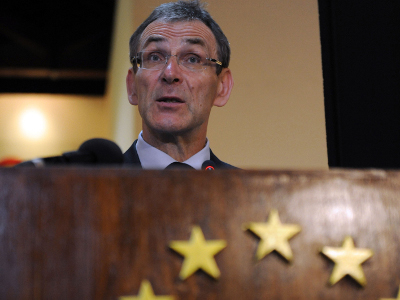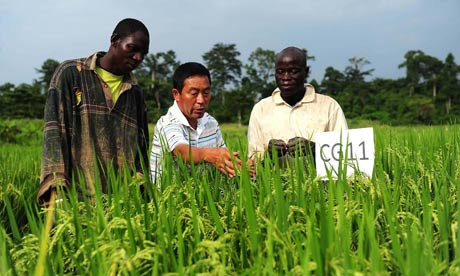In a recent analysis for Devex, Louie-An Pilapil provided a concise overview of the African Development Bank's funding priorities. Since 2010, the African Development Bank became the leading source of multilateral funding for new African infrastructure, beating out the World Bank for the first time. See article here.
The majority of the Bank’s approved projects for 2010 were focused in the infrastructure sector, specifically transportation and power, totaling $3.9 billion (see chart).
While AfDB’s internal 2011 Annual Development Effectiveness Review stresses sector diversification in areas such as private sector development, regional integration, higher education, and science and technology, there is little doubt that infrastructure will remain the Bank’s core sector for years to come. In this sense, the AfDB is following the path of the Asian Development Bank which was primarily an infrastructure-focused institution in its early years, but has persistently ventured into other key development areas.
AfDB’s infrastructure concentration has played out nicely for the Chinese who have already proven masterful dealing with African countries on a bilateral basis by negotiating through innovative project financing and implementation packages. It now appears that AfDB is harnessing China’s commitment to Africa and using it as a tool to promote regional integration. Indeed, China has been able to penetrate the AfDB and secure an astounding number of high-value contracts largely on the basis of cost.
The United States ranked 16th in terms of total AfDB funds awarded in 2010 highlighting the fact that U.S. construction and infrastructure firms remain somewhat on the AfDB sidelines and have not yet committed themselves to working with the Bank. Despite comparatively little activity from American firms, AfDB is scheduled to open a Washington D.C. office in 2012 in an effort to facilitate and accelerate American engagement with the Bank. Read full article here.
The Millennium Development Goals 2011 Report for Africa is linked here. An extract of the conclusions (p 124) is below:
Overall, the pace of Africa’s progress toward the
MDGs has been slow and generally insufficient to
meet the target date. Performance has also been
mixed and characterized by substantial variations
in access to basic social services across subregions
and countries, as well as within countries. Intracountry
variations in performance are typified by
rural–urban splits and disparities across income
groups. Where spatial differences in access to basic
social services coincide with ethnic boundaries,
horizontal inequalities (i.e., inequalities across different
ethnic groups) are exacerbated. This could
heighten tensions and become a source of social
unrest.






























